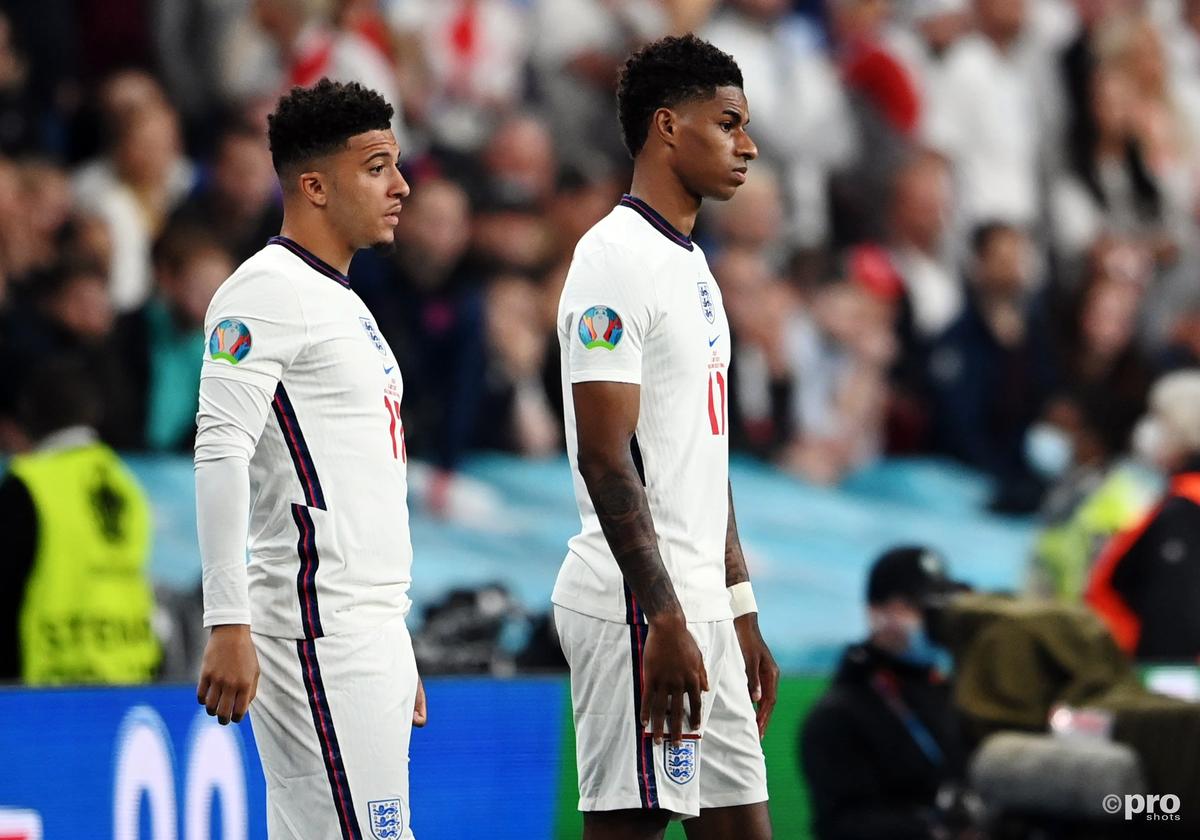England handed tough draw as 2022/23 Nations League groups announced

The draw for the 2022/23 UEFA Nations League was made on Thursday and threw up a number of interesting fixtures.
Perhaps the most intriguing was in Group 3 of League A, where Euro 2020 finalists England and Italy will be pitted against Germany and Hungary.
Not only will the group mean a repeat of this summer’s final is on the cards, but it will also allow Germany to potentially enact some revenge on the very team that knocked them out of the Last 16 stage of the competition.
Elsewhere, Spain and Portugal will be locking horns in Group 2, alongside Switzerland and the Czech Republic, while France and Denmark will have to be at their best to overcome Croatia and Austria in Group 1.
The 2022/23 UEFA Nations League draw:
League A
Group A1: Austria, Croatia, Denmark, France.
Group A2: Czech Republic, Switzerland, Portugal, Spain.
Group A3: Hungary, England, Germany, Italy.
Group A4: Wales, Poland, Netherlands, Belgium.
League B
Group B1: Armenia, Republic of Ireland, Scotland, Ukraine.
Group B2: Albania, Israel, Russia, Iceland.
Group B3: Montenegro, Romania, Finland, Bosnia-Herzegovina.
Group B4: Slovenia, Serbia, Norway, Sweden.
League C
Group C1: Faroe Islands, Lithuania, Luxembourg, Turkey.
Group C2: Cyprus/Estonia, Kosovo, Greece, Northern Ireland.
Group C3: Kazakhstan/Moldova, Azerbaijan, Belarus, Slovakia
Group C4: Gibraltar, Georgia, North Macedonia, Bulgaria.
League D
Group D1: Latvia, Andorra, Kazakhstan/Moldova, Liechtenstein.
Group D2: San Marino, Cyprus/Estonia, Malta.
🇮🇹🇩🇪🏴🇭🇺
The #ThreeLions have been drawn in #NationsLeague Group A3! pic.twitter.com/JQu14YM7Eo
— England (@England) December 16, 2021
🇮🇹🇩🇪🏴🇭🇺
The #ThreeLions have been drawn in #NationsLeague Group A3! pic.twitter.com/JQu14YM7Eo
— England (@England) December 16, 2021
What is the UEFA Nations League and how does it work?
The UEFA Nations League is an international tournament contested by 55 European countries, typically every two years.
Matches have the status of competitive internationals and UEFA classify the event as a major tournament.
It was first held in 2018-19, with Portugal becoming the inaugural winners, and the 2020-21 tournament is the second edition.
The Nations League was created to largely replace much-maligned international friendlies in the calendar, ensuring teams were playing more meaningful matches and had something to play for during the mid-season breaks from the club calendar.
It was also intended to help lower-profile nations who would often find it difficult to arrange friendlies, given the strongest teams usually prefer to play against teams who could draw in bigger crowds and television interest. Those lower-ranked countries also benefit from a centralised TV contract and prize money structure.
There are four levels of play in the Nations League, with League A being the highest, followed by League B, League C and then League D at the bottom of the pyramid.
Intriguingly, international teams can be promoted or relegated from the various levels depending on their performances, rewarding high-performing and improving nations.
The 16 teams in League A are split into four groups of four, where they play six matches - home and away against all teams in their pool. Each of the winners qualify for the Nations League Finals, while the teams finishing bottom are automatically relegated to League B and replaced by the four group winners from the second level.
Good performances in the Nations League can also help teams to secure qualification for major tournaments, though the exact format and number of places linked to this route varies depending on whether it is a World Cup or Euros cycle.
Usually, the system will mean some of the teams who have won their Nations League group will have a route into the play-offs for the World Cup and Euros even if they have missed out on progression during the traditional qualification process.






















